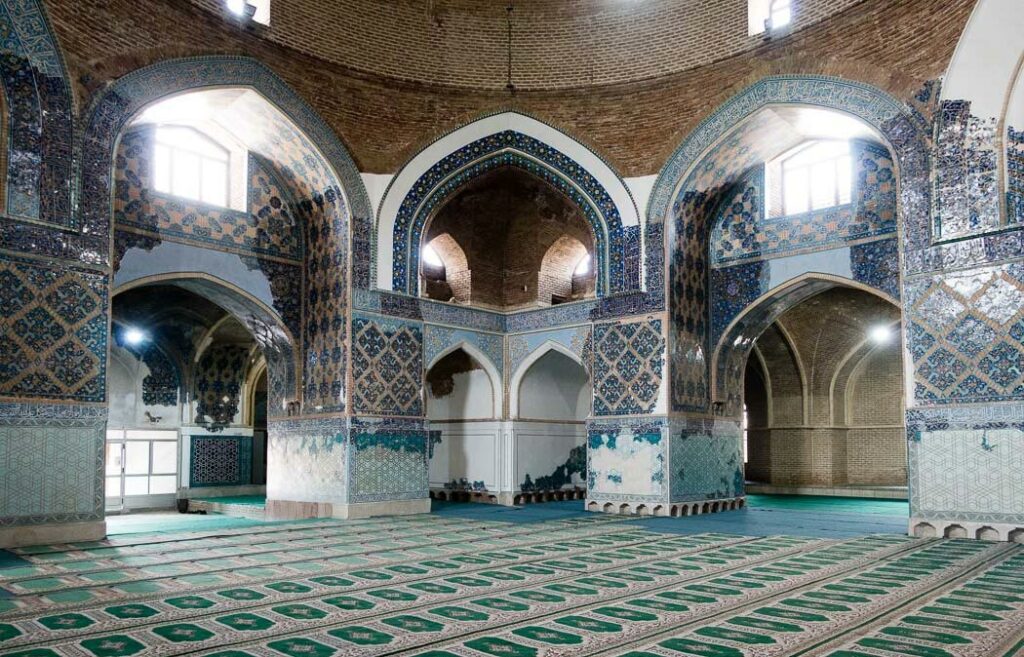Tabriz Blue Mosque: A Monument to Persian Art
The Blue Mosque of Tabriz is an architectural masterpiece and a symbol of Iran’s rich cultural heritage. Constructed in the late 14th century, it is one of the oldest and most beautiful mosques in the world. With its exquisite tilework and intricate detailing, the Blue Mosque is a stunning example of Persian architecture and art.
Located in the city of Tabriz in northwest Iran, the Blue Mosque is a popular tourist attraction and one of the most visited monuments in the country. It has been designated as a UNESCO World Heritage Site and is renowned for its blue-tiled interiors and exterior walls. The mosque is also known for its unique style of traditional Persian tilework, which is characterized by intricate patterns and vibrant colors.
History of the Tabriz Blue Mosque
The Blue Mosque was built in the late 14th century by the Ilkhanid dynasty, a Mongolian dynasty that ruled over much of present-day Iran. The mosque was originally known as the Masjid-i Jami, or the Grand Mosque. It was built by the Ilkhanid ruler Jahan Shah in 1389 as a replacement for an earlier mosque that had been destroyed in an earthquake.
The mosque was originally built in the traditional Iranian style of architecture, but was later renovated in the 19th century, when the distinctive blue-tiled walls were added. The mosque underwent further renovations in the 20th century, with the addition of two minarets and a dome.
Architecture and Design of the Blue Mosque
The Blue Mosque is a stunning example of Persian architecture and art. It is a square building with four iwans, or portals, leading into a central courtyard. The walls of the mosque are covered in exquisite blue-tiled designs, and the interior features intricate paintings and calligraphy. The mosque also contains several domes, minarets, and a mihrab, or prayer niche, which is decorated with intricate tilework and paintings.
The most impressive feature of the mosque is its unique tilework, which is characterized by delicate geometric patterns and vibrant colors. The tiles are arranged in intricate designs, and often include inscriptions from the Quran. The interior of the mosque is also decorated with calligraphy and paintings, which depict scenes from Persian literature and mythology.
The Blue Mosque Today
Today, the Blue Mosque is one of the most visited monuments in Iran. It is a popular tourist attraction and a symbol of Iranian culture and heritage. The mosque is open to visitors from all over the world, and is a beautiful example of Persian architecture and art. It is also a popular site for religious ceremonies and services, and is a place of worship for Muslims from around the world.
Conclusion
The Blue Mosque of Tabriz is an architectural masterpiece and a symbol of Iran’s rich cultural heritage. The mosque is renowned for its unique style of traditional Persian tilework, which is characterized by intricate patterns and vibrant colors. It is a stunning example of Persian architecture and art and is a popular tourist attraction and a place of worship for Muslims from around the world.

